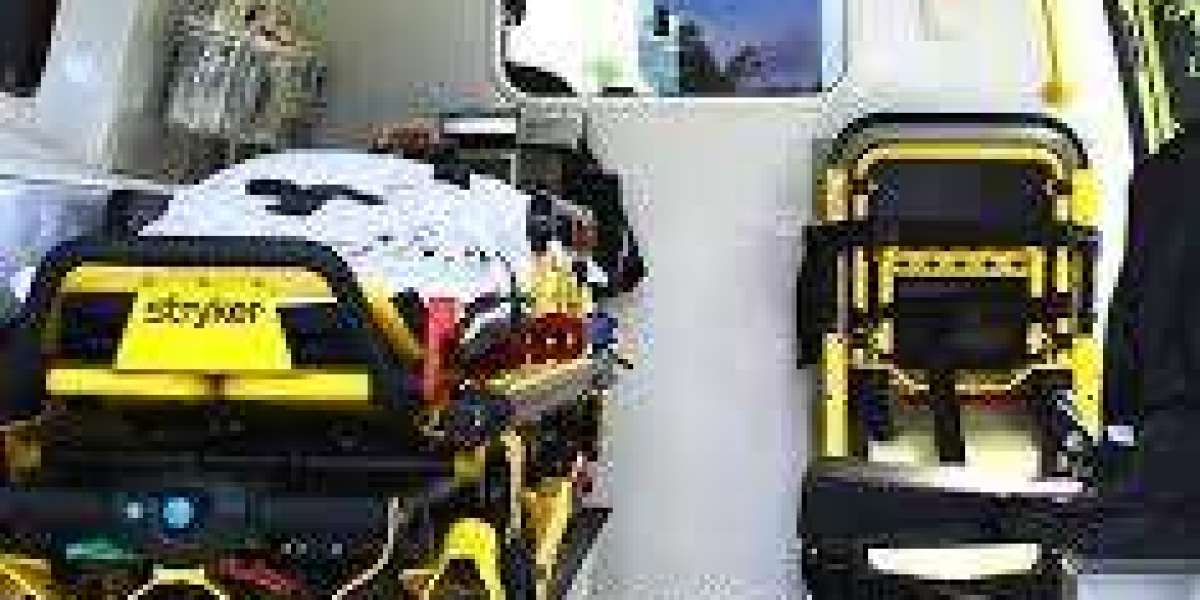In healthcare settings, patient transport is a critical aspect of medical care. Two of the most commonly used devices for moving patients are stretchers and gurneys. While these terms are often used interchangeably, they refer to different types of patient transport equipment. Understanding the differences between a stretcher and a gurney can help healthcare professionals make informed decisions about patient care and mobility.
What Is a Stretcher?
A stretcher https://www.psychreg.org/stretcher-gurney-patient-transport-here-what-you-need-know/ is a device designed primarily for transporting patients who are unable to walk or move on their own. It typically consists of a long, flat surface made of a durable fabric or metal frame, often equipped with handles for easy lifting. Stretchers are commonly used in emergency situations, such as rescue missions or ambulance transport. They are lightweight, foldable, and easy to carry, making them ideal for outdoor or confined environments.
What Is a Gurney?
A gurney, on the other hand, is a mobile bed designed for moving patients within healthcare facilities. Unlike a stretcher, a gurney is equipped with wheels and an adjustable frame, allowing for easier navigation through hospital corridors and patient rooms. Gurneys are typically more robust and comfortable, often featuring mattresses, side rails, and height adjustment capabilities. They are frequently used for moving patients from one hospital department to another.
Key Differences Between Stretchers and Gurneys
While both devices are used for patient transport, the primary difference lies in their design and intended use. Stretchers are portable and manual, while gurneys are mobile beds with wheeled support. Stretchers are more suited for outdoor rescue operations, whereas gurneys are preferred for indoor hospital environments. Additionally, gurneys often include features for patient comfort and safety, such as restraints and height adjustments.
When to Use a Stretcher
Stretchers are typically used in emergency situations, such as accidents or rescue missions. They are essential when patients need to be transported through narrow spaces or rugged terrain. Emergency medical technicians (EMTs) often rely on stretchers to quickly move injured individuals from the scene to an ambulance. Their lightweight nature makes them ideal for situations where rapid deployment is necessary.
When to Use a Gurney
Gurneys are the preferred choice for patient transport within medical facilities. Whether moving a patient from an emergency room to a surgical unit or transporting them for diagnostic tests, gurneys offer stability and comfort. Their wheeled design allows for easy maneuverability, and the adjustable height makes it easier for medical staff to attend to the patient during transit.
Safety Considerations
When choosing between a stretcher and a gurney, safety is a top priority. Stretchers, being less stable, may require additional personnel to support the patient during transport. Gurneys, while more secure, should have functional brakes and safety rails to prevent falls. It is crucial to assess the patient's condition and the environment before selecting the appropriate transport device.
Choosing the Right Equipment
The choice between a stretcher and a gurney often depends on the patient's condition and the healthcare setting. In emergencies, stretchers provide rapid transport, while gurneys are better suited for controlled, intra-hospital transfers. Training healthcare staff on the proper use of both devices ensures safe and efficient patient movement.
Understanding the differences between stretchers and gurneys is vital for healthcare professionals. Each device serves a specific purpose, and knowing when to use each can significantly impact patient safety and comfort. By selecting the right equipment, medical teams can ensure that patients are transported efficiently and securely, whether in a hospital setting or during an emergency rescue.










